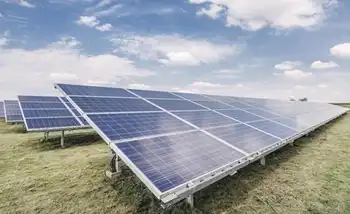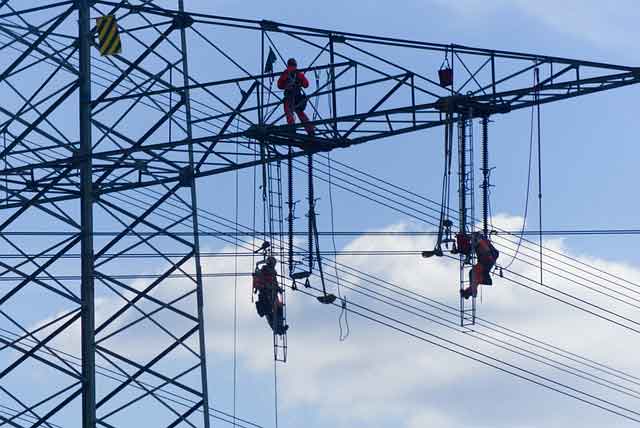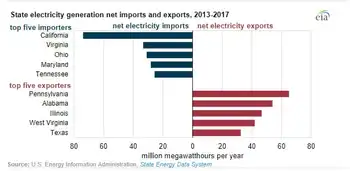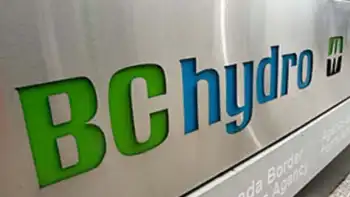The wave of the future: surf-generated power
By Corpus Christi Caller-Times
High Voltage Maintenance Training Online
Our customized live online or in‑person group training can be delivered to your staff at your location.

- Live Online
- 12 hours Instructor-led
- Group Training Available
As the state pushes to dramatically curb greenhouse gases by 2020 and alternative energy sources such as wind and solar power become more common, researchers and companies are looking at ways to harness the ocean to provide clean, renewable power.
Pacific Gas and Electric Co. plans to study the feasibility of a wave-powered facility at Vandenberg Air Force Base in Santa Barbara County, and another company is proposing to build a plant off Catalina Island. Recognizing the need to sink more research dollars into wave energy, the U.S. Department of Energy has increased funding to $50 million in 2010, up from $10 million in 2008.
Wave technology is still a long way behind its cousins solar and wind power, and it could be a decade before any projects start producing power.
“It’s starting to take off,” said Roger Bedard, who studies wave power for the Electric Power Research Institute. “We need to add wave energy to our portfolio.”
The amount of potential power is enormous, he said. CaliforniaÂ’s 745 miles of coastline have the potential to provide 37,000 megawatts of energy, though only about 20 percent of that could practically be converted into energy. It potentially could provide as much as 25 percent of the stateÂ’s power, Bedard said.
But a lot more time and money has to be spent on research before the energy starts flowing.
There are no working wave-energy plants in the world. One project started off the shores of Portugal in 2008, but when the machine broke, the investors left so there were no funds to fix it.
There are a number of designs for machines that capture the energy, but all are too complicated, Bedard said. One of the biggest problems is maintenance of the machines, which is expensive and complicated by the challenges of repairs in the ocean. A machine needs to have few moving parts so the maintenance is all but nonexistent, he said.
Unlike wind turbines, there is no one design for wave generators that is universally accepted, Bedard said. There are ones that look like massive 50-gallon drums glued together that rest on the sea surface and capture the energy just under the wave. Another uses a series of magnets that move up and down to create power. And yet another is being tested that uses an artificial “muscle” that creates power as it expands and contracts.
Kory Raftery, a spokesman with PG&E, said itÂ’s too early to tell which kind of power generator might be used at the Vandenberg site. The company is also studying the feasibility of a wave-energy plant off Humboldt County.
“When you look at wave-energy-conversion devices, manufacturers are still developing the technology,” Raftery said. “We hope to offer them a way to test their technology.”
Oregon is being considered for wave development because heavy waves pound the shore there. The area off the base at Point Conception also is being viewed as one of the better places in Central California for wave development.
Raftery said the area faces four directions, meaning the waves could be captured from any direction. The base also has the ability to distribute the power when it gets to shore, which is a huge asset, he said.
As technology speeds up, there could be other places to consider for wave energy, but they are years away, he said PG&E spokesman Kory Raftery. One thing that will slow any energy production in the U.S. is all the regulatory hurdles that companies will have to go through, Bedard said. As many as 20 federal, state and local agencies could have to sign off on any project and any could stop the project, he said.











